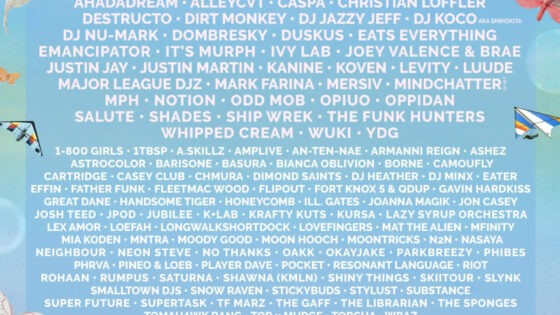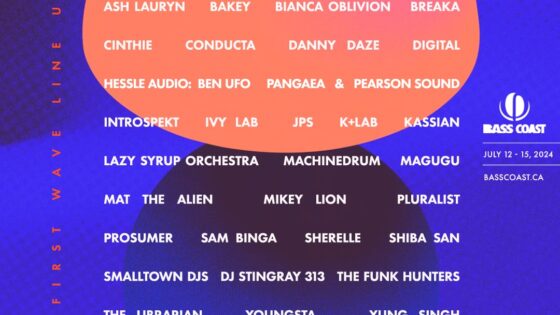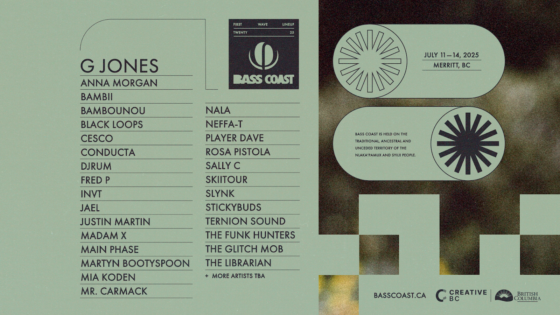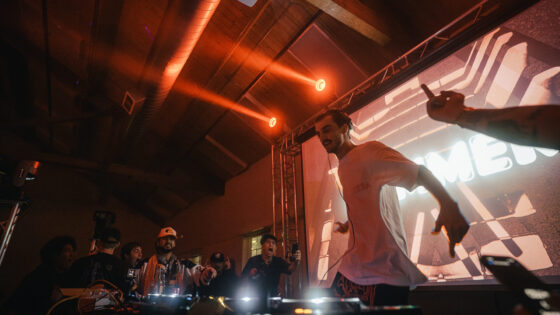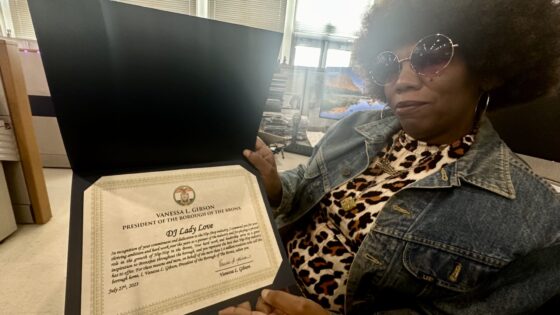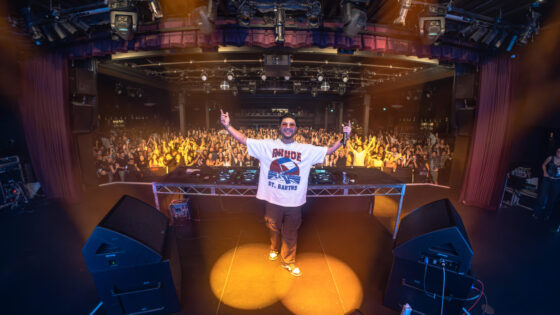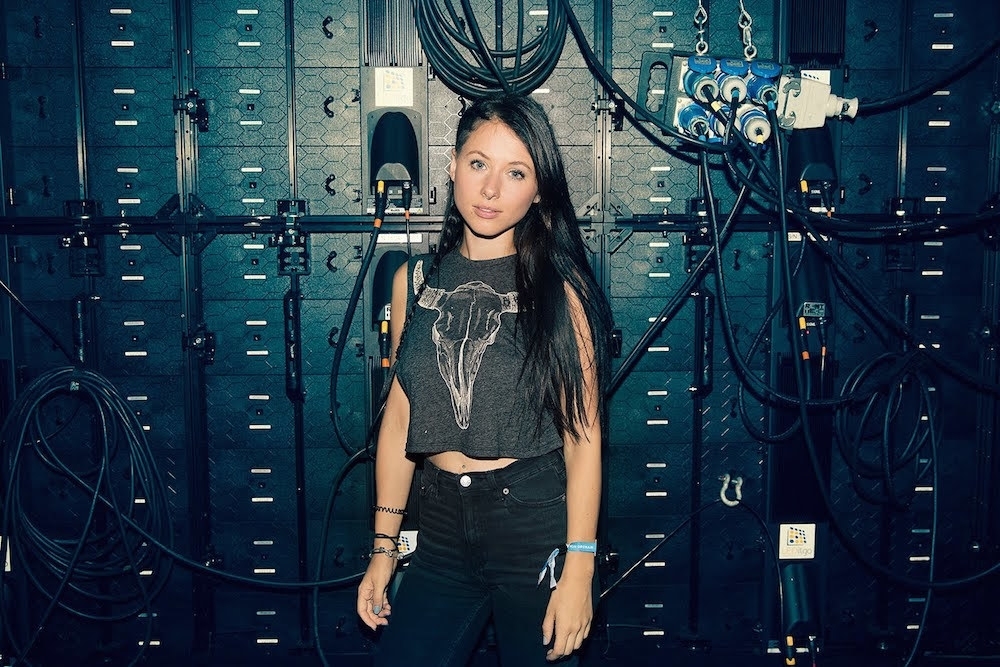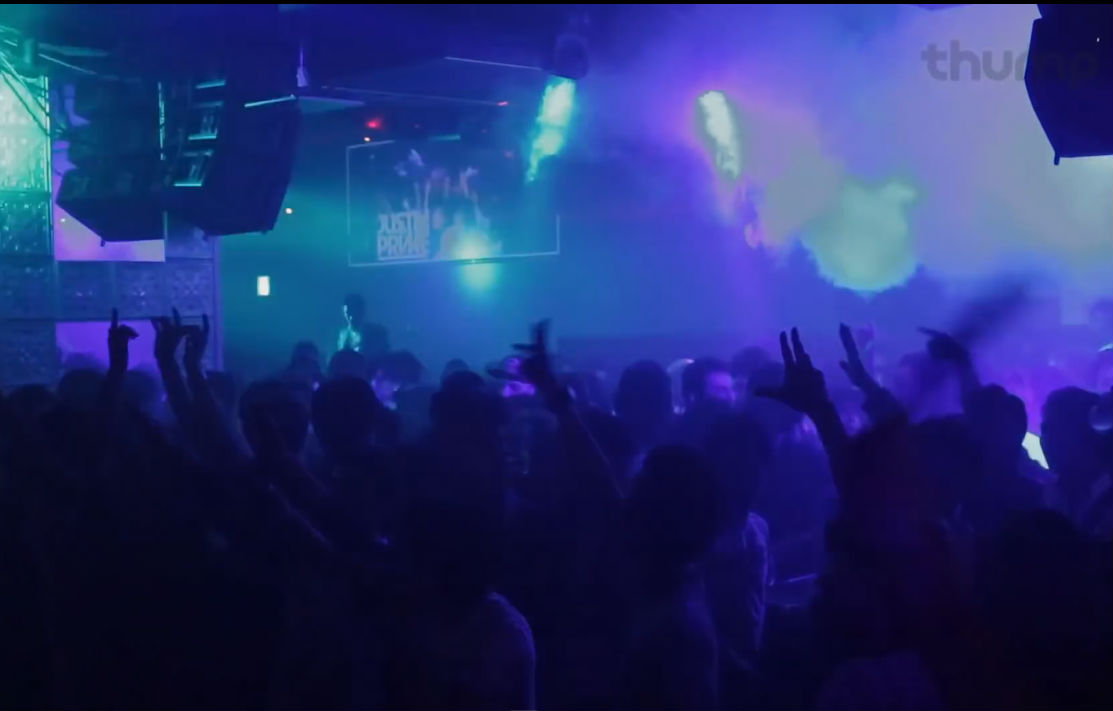The web has been lit aflame this week with the news of a 3 year-old boy winning a talent competition in South Africa on the strength of his DJ skills. Many have dubbed it proof positive of the “anyone can be a DJ” philosophy, mainly used to discredit electronic music as a passing fad that will eventually go the way of disco. But the fact that a TV audience was wooed by an adorable child playing fun music is really only an indicator that people like adorable children on television. There exists a far more telling proof of the universal nature of the modern “DJ,” in the form of Nadja Cautery’s fascinating “art project” slash social experiment.
“I asked myself the question: Is a DJ nowadays just a puppet who plays music on stage and shoots their euphoric audience in the face with confetti? Does a DJ really still need technical skills, now that even bog standard DJ equipment has an integrated sync-button? I decided to try out my own experiment and become an EDM DJ. Spoiler alert: it worked.”
Before we go on, let’s clarify one point: There are DJs, and there are “DJs.” The ones who don’t require the obligatory air-quotes are the ones who’ve played to empty bars, wedding parties, and 9pm slots at local clubs. These are the ones who actually know what it is to pay their dues, and we’re not taking anything away from their considerable talent and efforts. But Cautery’s bizarrely effective try at becoming a world famous DJ just to see if she could? That’s the proverbial smoking gun for what “EDM” has become.
Cautery, operating under the moniker of Nutters, managed to find her way onto festival mainstages, headlining slots in major clubs, and even pushed out her very own ghost-produced track release. Her sets were constructed to be intentionally generic, playing out only the most popular and well-known sing-alongs big-name festival sets had to offer. As she astutely points out, “the audience loved our tracks, purely because they knew them already. Because they were predictable.”
In just a year’s time, Cautery’s booking fee climbed upwards of $1190 per gig, while doing 8-10 shows every month. She did this not on the strength of artistic ability, but to prove one, simple point about “EDM”: The quickest path to mainstream success is the one that requires the least amount of talent. And in terms of pop music, this is nothing new. Odds are your favorite chart-toppers from any of the last four decades were written by a team of anonymous hit-makers, and not the artist famous for performing them at sold-out arenas. But if Cautery’s experiment tells us one thing, it’s that even a movement that began in underground warehouses can be corrupted and commercialized.
The final point Cautery makes is one that we share. “Electronic music in particular lives off the innovative spirit which made once made it to the expression of a generation. And there are actually loads of DJs exactly like that,” she aptly tells us. Anyone can be a “DJ,” but not everyone can be a DJ with integrity. The ones who are the latter are the artists to be admired. Guys like Carl Cox, Bassnectar, or on a more local Northwest level, KJ Sawka. These are the artists worthy of our time and attention, and the ones deserving of “the platform occupied by cake-throwing pyrotechnic-firing entertainers.” As Seattle’s own Sean Majors noted in our interview with the Upper Left crew, “integrity is expensive.” Knowing that, we can say with certainty: It’s also worth every penny.
(h/t: Thump)
Important things happen in Pacific Northwest nightlife, and DMNW will send you alerts!






